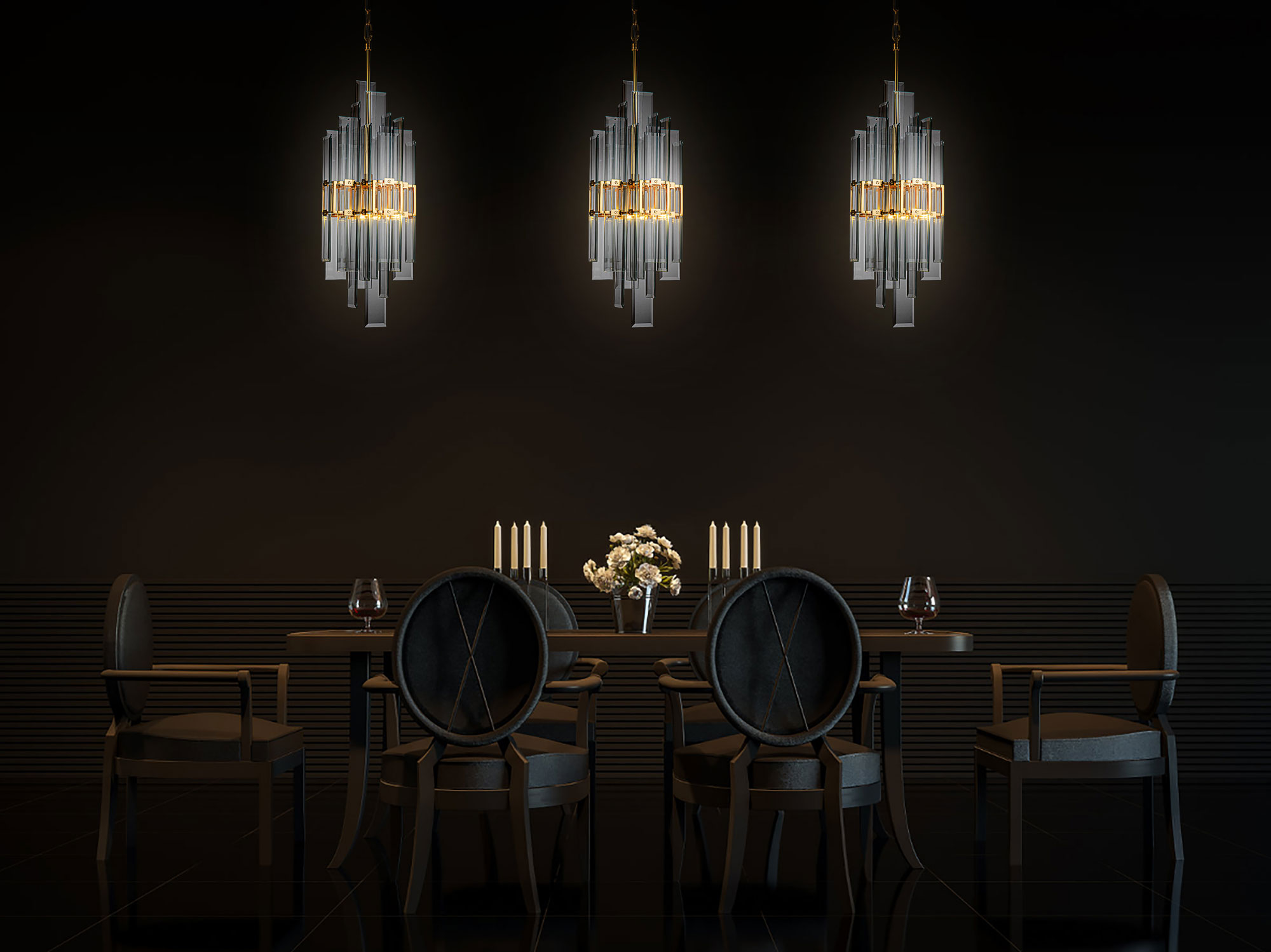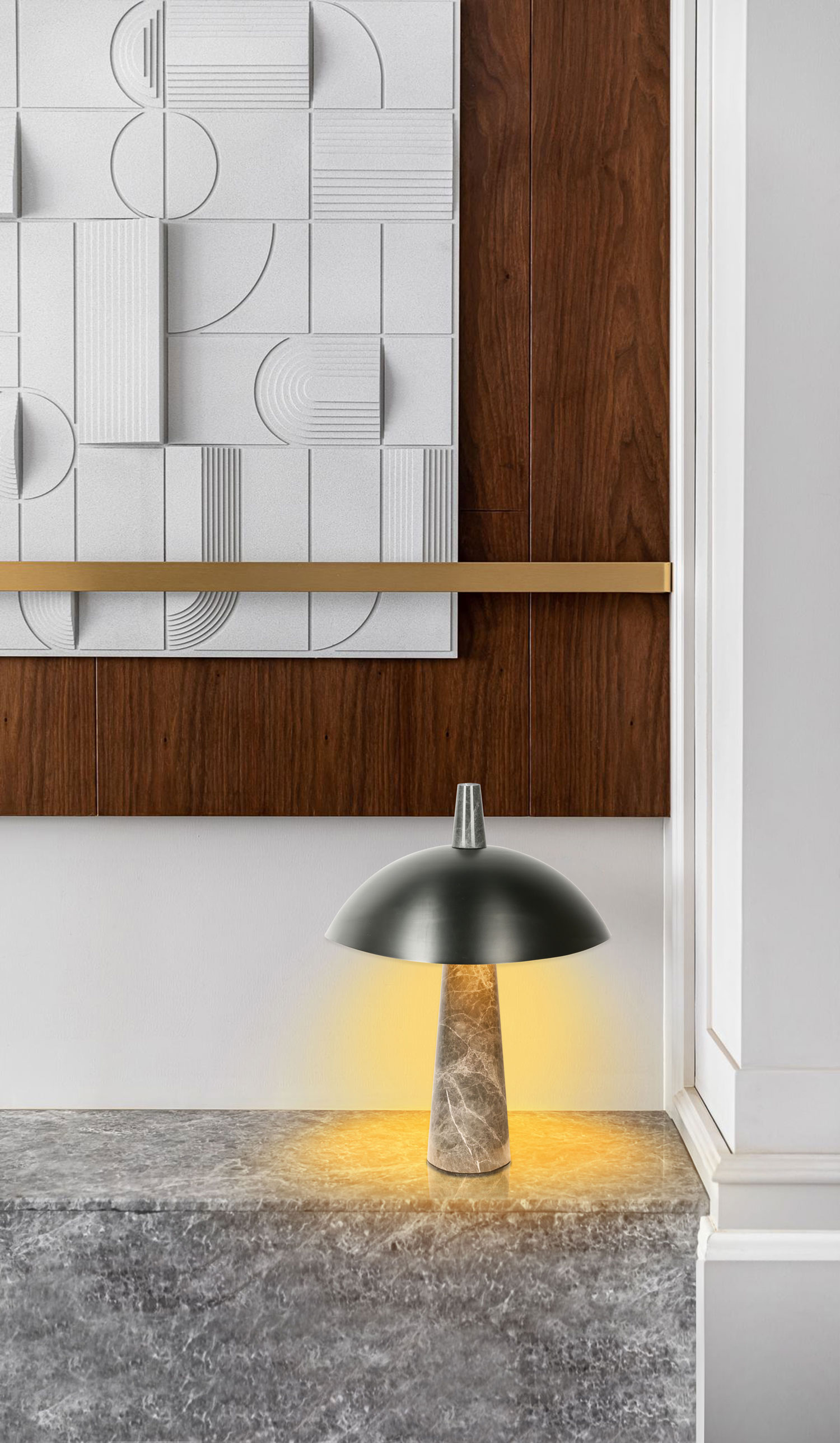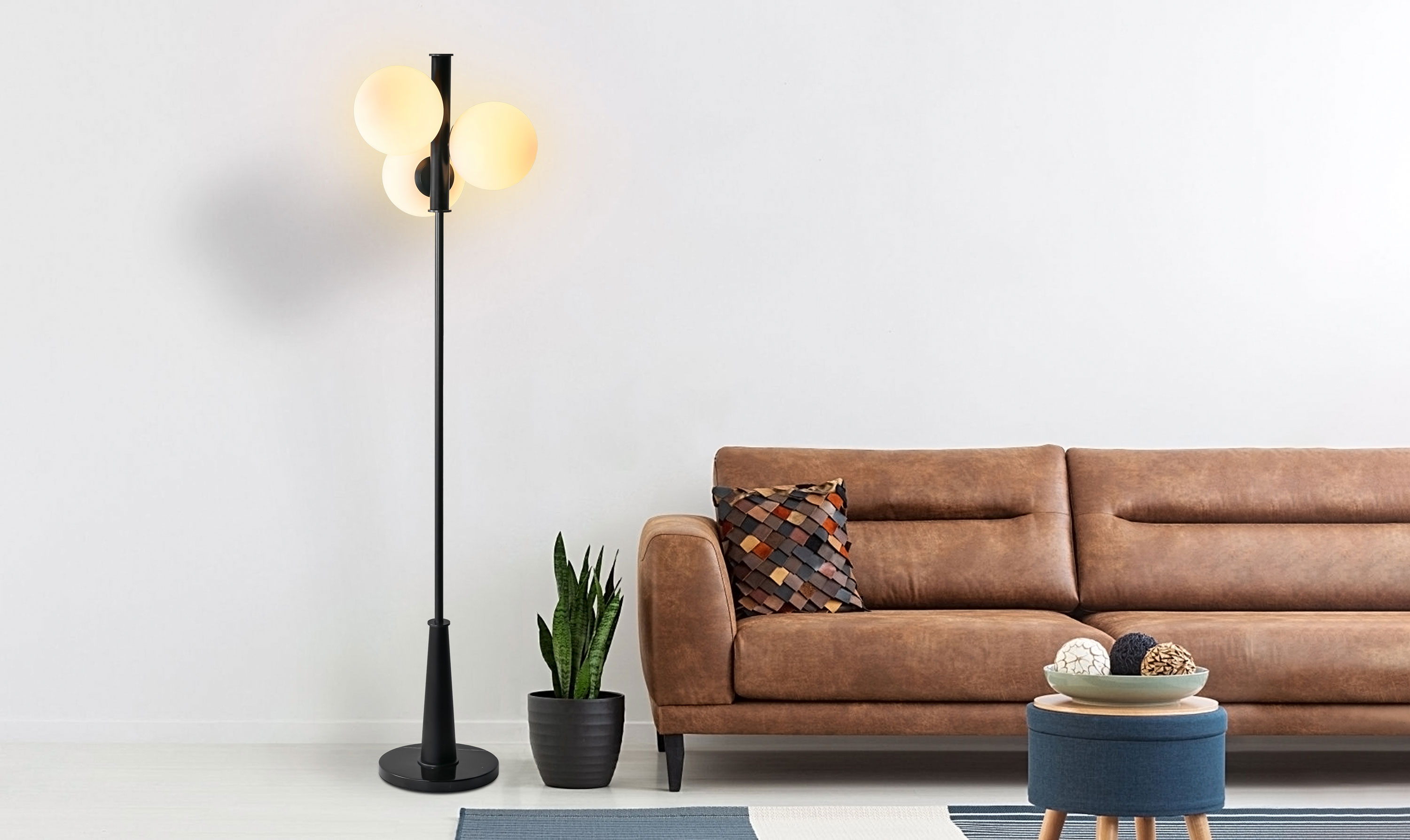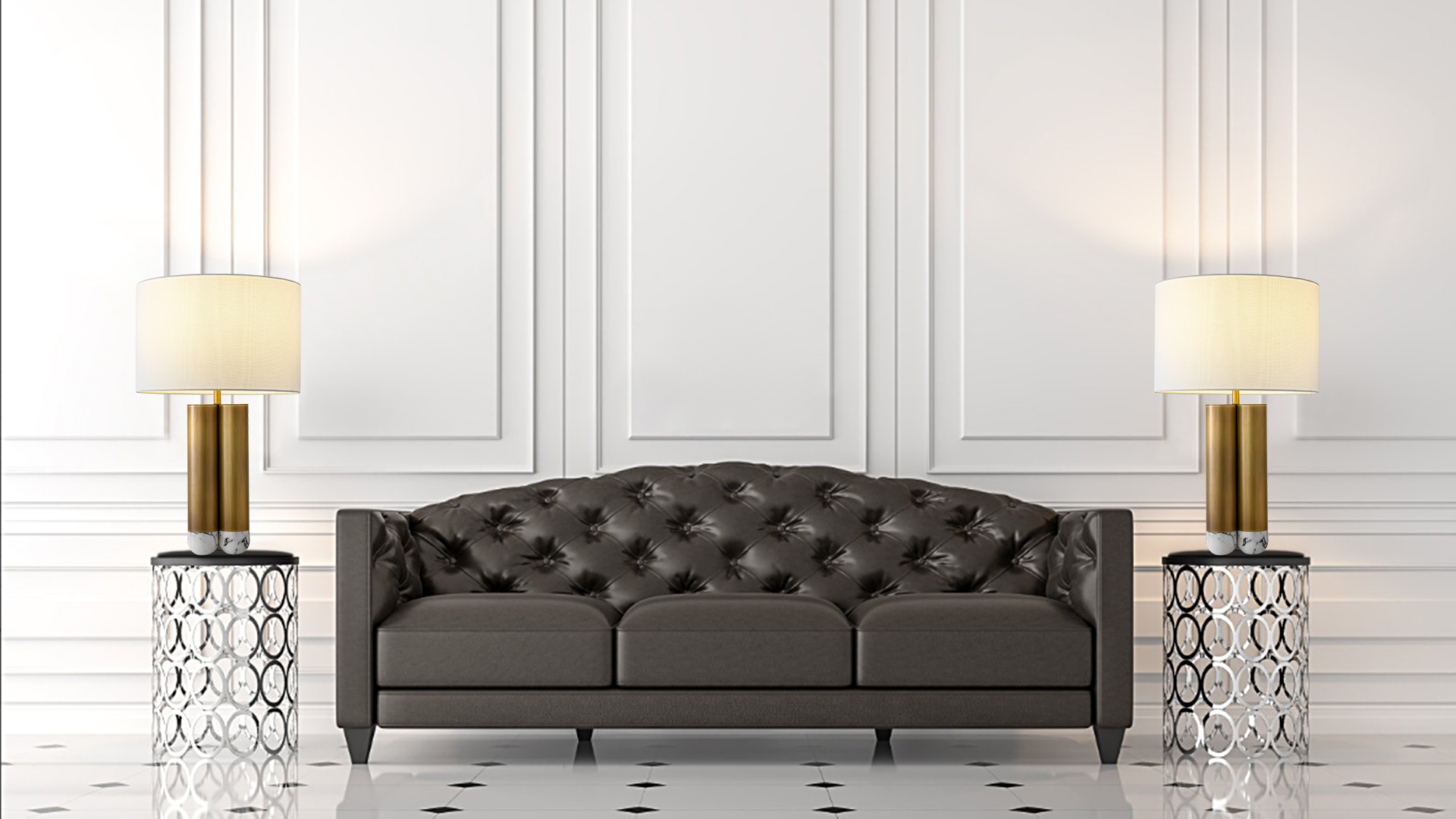Understanding the Impact of Lamp Material on Lighting Effect
What Impact Does the Lamp Material Have on the Lighting Effect?When choosing a lamp for your home or office, many factors come into play—style, size, wattage, and of course, the material of the lamp itself. The material of a lamp significantly influences its lighting effect, determining both the quality and ambiance of illumination in any space. In this article, we delve into how different lamp materials can affect lighting, provide practical insights for optimizing your light design, and answer common questions related to this topic.The Relationship Between Lamp Material and Lighting QualityThe material used in lamps can affect not just the appearance of light but also its diffusion, intensity, and even color temperature. Different materials interact with light in unique ways, leading to various outcomes. Here’s a brief overview:Lamp MaterialLighting EffectGlassProvides a clear, sharp light with minimal diffusion, ideal for task lighting.FabricSoftens and diffuses light, creating a warm, cozy atmosphere, perfect for living spaces.MetalCan provide direct light and added reflection, useful for modern designs and focused illumination.PlasticAvailable in various colors and textures, producing varied lighting effects depending on density and finish.WoodOffers a warm, earthy glow and can create interesting patterns with light, enhancing the natural feel of a space.Understanding Different Lamp MaterialsLet’s explore some common lamp materials in detail to understand their unique in...
What Are the Choices for Lamp Applications in Different Scenarios?
Understanding Different Lamp Applications for Various ScenariosLighting plays a crucial role in enhancing not only the aesthetics of a space but also its functionality. With numerous lamp applications available, choosing the right type can be overwhelming. This article explores various lamp choices tailored to different scenarios, helping you make informed decisions based on your specific needs.Types of Lamp ApplicationsIn the realm of lighting, understanding the various types of lamps and their applications can significantly improve both residential and commercial environments. Below is a table summarizing the most common types of lamps and their typical applications.Type of LampApplicationsIncandescent BulbsHome lighting, decorative fixturesLED LightsEnergy-efficient lighting, task lighting, outdoor lightingCFL (Compact Fluorescent Lamps)Home and office use, energy-saving applicationsHalogen BulbsAccent lighting, outdoor lighting, high-intensity lightingSmart BulbsHome automation, mood lighting, customizable scenariosFluorescent TubesCommercial applications, office lighting, warehouses1. Home LightingWhen it comes to home lighting, comfort and ambiance are paramount. Different scenarios in the home, such as living rooms, bedrooms, and kitchens, require varying types of lamps. For general lighting, incandescent bulbs and LED lights are popular choices. They provide warm light that creates a cozy atmosphere.For task-oriented spaces such as the kitchen or reading nooks, LED li...
Exploring the New Trends in Innovative Lamp Design
Lighting design has evolved remarkably over the years, blending artistry with functionality. As technology advances, new trends emerge in innovative lamp design that challenge traditional concepts of illumination. In this article, we will delve into the latest trends, explore unique designs, and understand how they reflect changing lifestyles and preferences. Understanding Innovative Lamp Design Innovative lamp design is not just about creating light; it is about enhancing the ambiance of spaces while incorporating functionality, sustainability, and unique aesthetics. Designers today are moving beyond basic fixtures, exploring ways to inform and inspire through their creations. Let's look at some of the key trends shaping the world of lamp design. The Rise of Smart Lighting Smart technology plays a significant role in modern innovative lamp design. Smart lamps can be controlled through mobile devices or voice-activated systems like Amazon's Alexa or Google Home. Features such as adjustable brightness, color changing options, and programmable schedules enhance convenience and customization. For example, the integration of Bluetooth technology allows users to synchronize lighting with their routines, adjusting hues and warmth throughout the day. This not only improves energy efficiency but caters to personal preferences. Minimalism and Multi-functionality In response to cluttered living spaces, minimalistic designs are gaining popularity. Simple, clean lines charact...
How Do Lamp Trends Affect the Home Lighting Market?
Understanding the Impact of Lamp Trends on the Home Lighting MarketLighting is an essential aspect of home design that affects both functionality and aesthetics. Among the various components of lighting, lamps play a significant role in shaping the atmosphere of a room. As consumer preferences evolve, so do lamp trends, which subsequently influence the home lighting market. This article will explore how these trends affect the market dynamics, consumer behavior, and the broader implications for manufacturers and retailers.The Evolution of Lamp TrendsOver the decades, lamp designs have experienced significant changes. From traditional incandescent bulbs to modern LED fixtures, each era's trends reflect wider societal shifts, such as sustainability, minimalism, and technological advancements. Let’s take a closer look at how recent lamp trends are shaping the current home lighting market:TrendDescriptionMarket ImpactSmart LightingIntegration of technology, allowing lamps to be controlled remotely.Increased demand for smart home devices and related accessories.Eco-friendly LampsUse of sustainable materials and energy-efficient bulbs.Growing preference for environmentally-conscious products.Vintage and Retro DesignsEmphasis on nostalgic styles that mimic earlier eras.Resurgence in demand for unique, characterful lighting options.Minimalist AestheticsClean, simple designs that blend seamlessly into decor.Boost in popularity of streamlined, versatile lighting solutions.Multi-functio...
Exploring the Popular Brands in the Lighting Market
The lighting market has seen exponential growth and innovation over recent years. As consumers become more aware of energy efficiency and aesthetics, the demand for high-quality lighting solutions has skyrocketed. In this article, we will explore some of the popular brands in the lighting market, analyze their offerings, and discuss their impact on the industry. Whether you're a homeowner looking for the perfect lighting fixtures or a business owner searching for commercial lighting solutions, understanding the various brands can greatly influence your choices. Understanding the Lighting Market The lighting market encompasses a wide range of products, including residential lighting, commercial lighting, landscape lighting, and even smart lighting solutions. With rapid advancements in technology, brands are continuously innovating to create energy-efficient options that cater to different consumer needs. Popular Brands in the Lighting Market There are several brands that stand out in the lighting industry due to their commitment to quality, design, and sustainability. Below, we highlight some of the most renowned brands that have made a significant impact in the lighting market: BrandKey ProductsNotable Features PhilipsLED bulbs, smart lightingEnergy-efficient, long-lasting GE LightingResidential and commercial lightingExtensive range, innovative designs OsramLEDs, outdoor lightingSustainable solutions, high-quality Litex LightingCeiling fans, decorative lightingS...
Understanding Lighting Evaluation Standards: A Comprehensive Guide
What are the Standards for Lighting Evaluation?In today's world, the role of lighting in enhancing the functionality and aesthetic appeal of spaces cannot be overstated. Whether it's for residential, commercial, or public spaces, effective lighting design and evaluation standards significantly contribute to overall performance. But what exactly are the standards for lighting evaluation? This article will delve deep into the critical aspects and methodologies of lighting evaluation standards, providing insights that can guide architects, interior designers, and facility managers.1. Importance of Lighting Evaluation StandardsLighting evaluation standards serve as a guideline to assess the quality and effectiveness of lighting in various environments. They ensure safety, energy efficiency, and visual comfort, which are essential not only for pleasing aesthetics but also for enhancing productivity and wellbeing. Understanding these standards can help in making informed decisions regarding lighting design and installation.1.1 Enhancing Safety and SecurityProper lighting is crucial for safety and security. Standards dictate the minimum illuminance levels for different applications, ensuring that spaces are adequately lit to prevent accidents and facilitate situational awareness.1.2 Improving Visual ComfortVisual comfort refers to the ability of a lighting system to avoid discomfort and distractions in a given space. Standards assess parameters such as glare, contrast, and color ren...
What Should Be Paid Attention To When Installing Lighting?
Introduction to Lighting InstallationLighting plays a crucial role in enhancing the ambiance of our spaces, from our homes to workplaces. When it comes to installing lighting, there are several factors that one should consider to ensure safety, functionality, and aesthetics. Whether you are updating your home decor or setting up a commercial space, this article addresses the essential aspects of lighting installation, providing you with comprehensive guidelines to follow.Understanding Different Types of LightingBefore diving into the installation process, it's vital to understand the various types of lighting available. Typically, lighting can be classified into three main categories: Ambient Lighting: This is the general light that fills a room and provides overall illumination. Task Lighting: This type of lighting is focused on specific tasks, such as reading or cooking. Accent Lighting: Accent lighting is used to highlight particular features or areas in a space.Understanding these types will help you choose the right fixtures for your needs. For effective design, consider incorporating a mix of these lighting types.Key Considerations When Installing Lighting1. Assessing the SpaceBefore the installation begins, assess the area where the lighting will be placed. Factors such as the room's purpose, size, and layout all play a significant role in selecting the right lighting. For example, a larger living room will require multiple sources of ambient light to ensure t...






